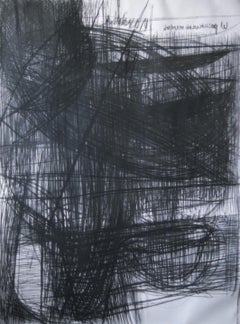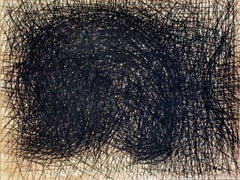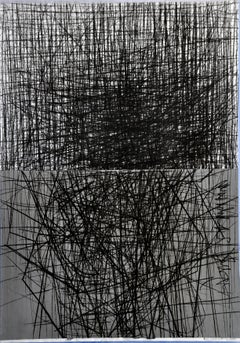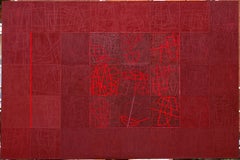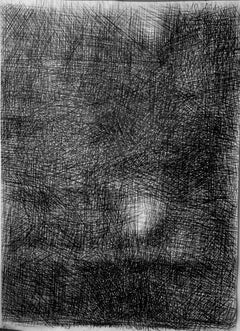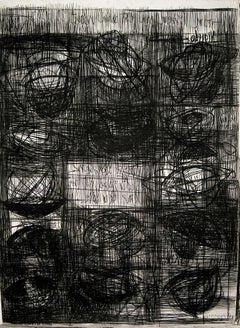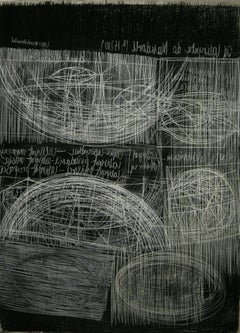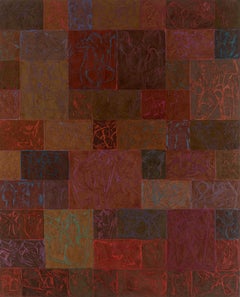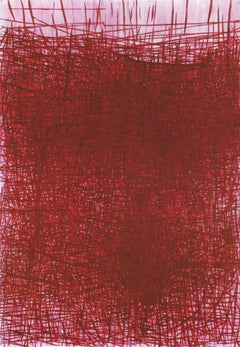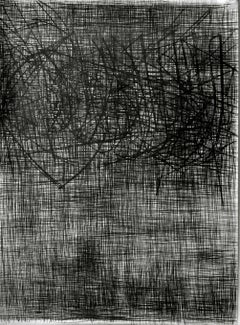Krzysztof Gliszczynski
Early 2000s Conceptual Abstract Drawings and Watercolors
Paper, Charcoal
Early 2000s Conceptual Abstract Drawings and Watercolors
Paper, Charcoal
Early 2000s Conceptual Abstract Drawings and Watercolors
Paper, Charcoal
1990s Conceptual Abstract Paintings
Marble
Early 2000s Conceptual Abstract Drawings and Watercolors
Paper, Charcoal
Early 2000s Conceptual Figurative Drawings and Watercolors
Paper, Charcoal
Early 2000s Conceptual Figurative Drawings and Watercolors
Paper, Charcoal
1990s Conceptual Abstract Paintings
Marble
Recent Sales
Early 2000s Conceptual Abstract Drawings and Watercolors
Paper, Pigment
Early 2000s Conceptual Abstract Drawings and Watercolors
Paper, Charcoal
Early 2000s Conceptual Abstract Drawings and Watercolors
Paper, Charcoal
Early 2000s Conceptual Abstract Drawings and Watercolors
Paper, Pigment
People Also Browsed
2010s Contemporary Figurative Paintings
Cotton Canvas, Oil
2010s Contemporary Abstract Paintings
Cotton Canvas, Oil
2010s Contemporary Abstract Paintings
Paper, Watercolor
2010s Contemporary Landscape Paintings
Cotton Canvas, Oil
2010s Contemporary Abstract Paintings
Paper, Watercolor
2010s Contemporary Abstract Paintings
Oil, Paper, Acrylic
2010s Contemporary Abstract Paintings
Cotton Canvas, Oil, Acrylic
2010s Contemporary Abstract Paintings
Cotton Canvas, Oil, Acrylic
2010s Contemporary Abstract Paintings
Cotton Canvas, Oil
2010s Contemporary Abstract Paintings
Cotton Canvas, Oil
2010s Contemporary Abstract Paintings
Cotton Canvas, Oil
2010s Contemporary Abstract Paintings
Cotton Canvas, Oil
2010s Contemporary Abstract Paintings
Cotton Canvas, Oil
Grzegorz RadeckiOn The Pink 3 - Series Blobs - Contemporary Oil Painting, Colourful Expression, 2020
2010s Contemporary Abstract Paintings
Cotton Canvas, Oil
2010s Contemporary Abstract Paintings
Cotton Canvas, Oil
2010s Contemporary Figurative Paintings
Canvas, Oil
Krzysztof Gliszczynski For Sale on 1stDibs
How Much is a Krzysztof Gliszczynski?
A Close Look at Conceptual Art
In 1967, artist Sol LeWitt wrote that in “Conceptual art the idea or concept is the most important aspect of the work.” He was giving a name to an art movement that had emerged in the 1960s in which artists were less focused on their medium being something traditionally “artistic” and instead engaged in using any object, movement, form, action or place to express an idea.
LeWitt’s work was featured alongside an assemblage of notes, drawings and outlines by other artists in “Working Drawings and Other Visible Things on Paper Not Necessarily Meant to Be Viewed as Art,” a groundbreaking show at New York City’s School of Visual Arts curated by Mel Bochner, another leading exponent of Conceptualism. Building on radical 20th-century statements, like Fountain (1917) by French artist Marcel Duchamp, Conceptual artists around Europe and North and South America were not interested in the commercial art scene and rather directly challenged its systems and values.
Stretching into the 1970s, this movement has also been called Post-Object art and Dematerialized art. Conceptual art reflected a larger era of social and political upheaval. Pieces associated with the style range from Roelof Louw’s Soul City (Pyramid of Oranges) (1967) — a work of installation art that sees fresh oranges stacked into a pyramid from which visitors are allowed to take one orange away — to On Kawara’s “Today” series, which saw the Japanese artist carefully painting a date in white acrylic on canvases consisting of a single color from 1966 to his death in 2014. Artists such as Ed Ruscha, who created the Twentysix Gasoline Stations book — a collection of photos of gas stations that is widely said to be the first modern artists’ book — made photography a major platform for Conceptual art, as did Bruce Nauman, who burned one of Ruscha's books and then photographed it for his own.
Conceptual art’s legacy of questioning artistic authorship, ownership and how to work with complex ideas of space and time had a significant influence on the decades of culture that followed, and it continues to inform art today.
The collection of Conceptual photography, paintings and sculptures on 1stDibs includes artworks by John Baldessari, Jenny Holzer, Lawrence Weiner, Joseph Kosuth and others.
Finding the Right Abstract-paintings for You
Bring audacious experiments with color and textures to your living room, dining room or home office. Abstract paintings, large or small, will stand out in your space, encouraging conversation and introducing a museum-like atmosphere that’s welcoming and conducive to creating memorable gatherings.
Abstract art has origins in 19th-century Europe, but it came into its own as a significant movement during the 20th century. Early practitioners of abstraction included Wassily Kandinsky, although painters were exploring nonfigurative art prior to the influential Russian artist’s efforts, which were inspired by music and religion. Abstract painters endeavored to create works that didn’t focus on the outside world’s conventional subjects, and even when artists depicted realistic subjects, they worked in an abstract mode to do so.
In 1940s-era New York City, a group of painters working in the abstract mode created radical work that looked to European avant-garde artists as well as to the art of ancient cultures, prioritizing improvisation, immediacy and direct personal expression. While they were never formally affiliated with one another, we know them today as Abstract Expressionists.
The male contingent of the Abstract Expressionists, which includes Jackson Pollock, Willem de Kooning and Robert Motherwell, is frequently cited in discussing leading figures of this internationally influential postwar art movement. However, the women of Abstract Expressionism, such as Helen Frankenthaler, Lee Krasner, Joan Mitchell and others, were equally involved in the art world of the time. Sexism, family obligations and societal pressures contributed to a long history of their being overlooked, but the female Abstract Expressionists experimented vigorously, developed their own style and produced significant bodies of work.
Draw your guests into abstract oil paintings across different eras and countries of origin. On 1stDibs, you’ll find an expansive range of abstract paintings along with a guide on how to arrange your wonderful new wall art.
If you’re working with a small living space, a colorful, oversize work can create depth in a given room, but there isn’t any need to overwhelm your interior with a sprawling pièce de résistance. Colorful abstractions of any size can pop against a white wall in your living room, but if you’re working with a colored backdrop, you may wish to stick to colors that complement the decor that is already in the space. Alternatively, let your painting make a statement on its own, regardless of its surroundings, or group it, gallery-style, with other works.
